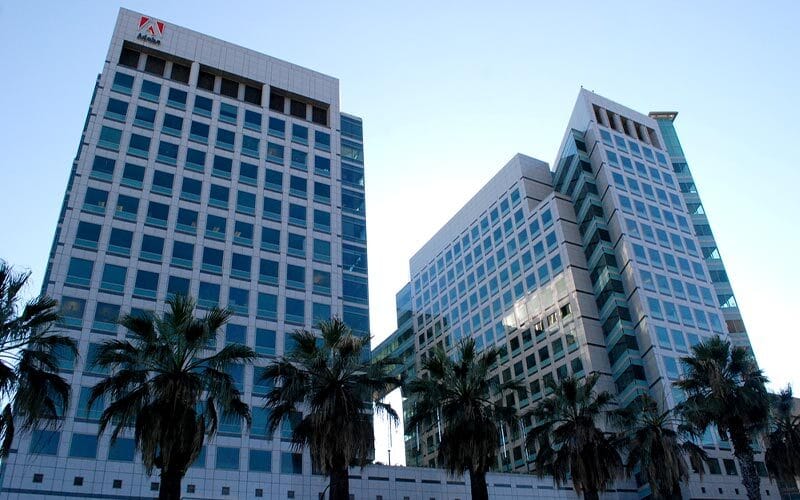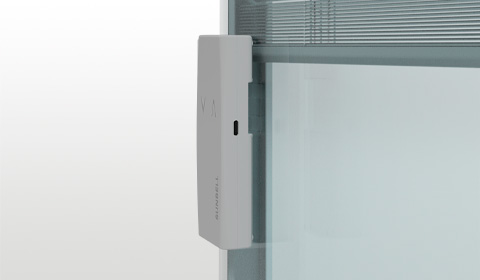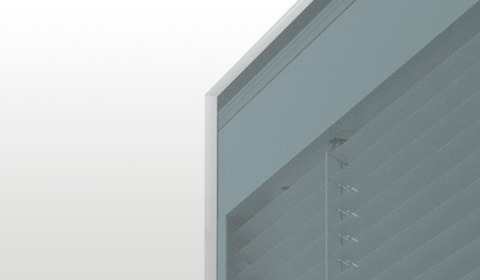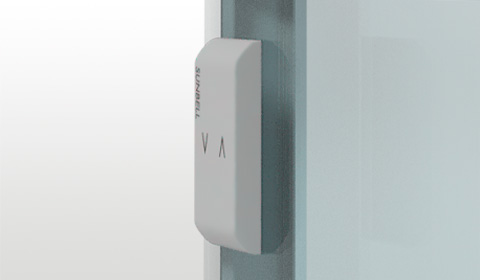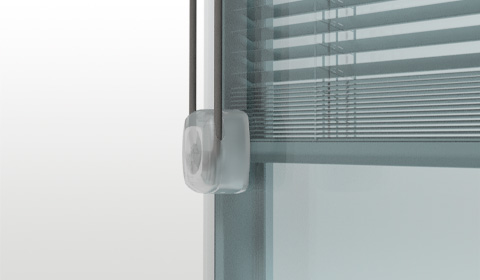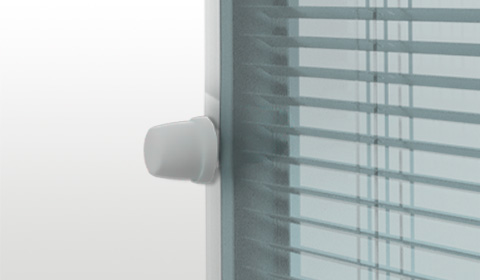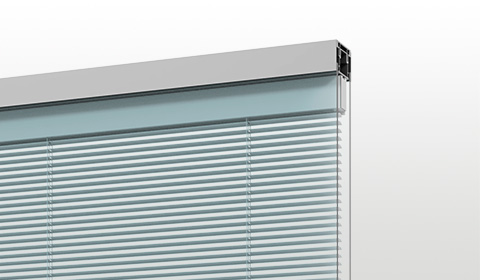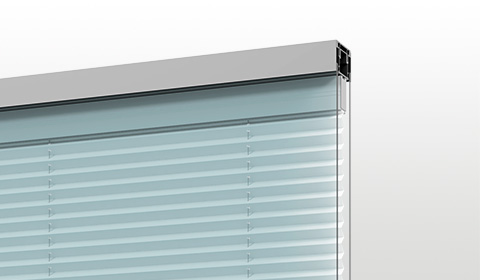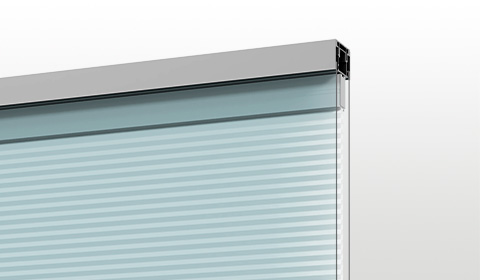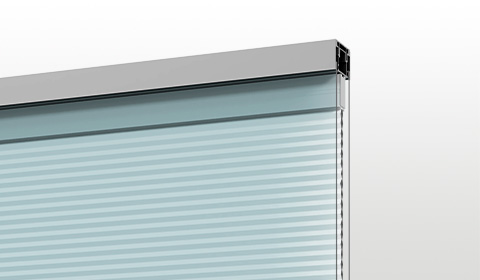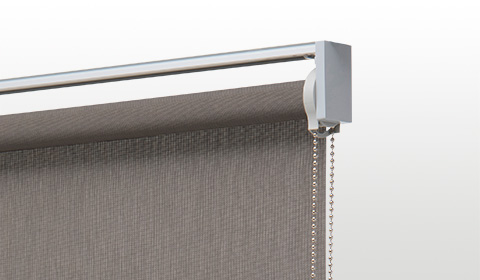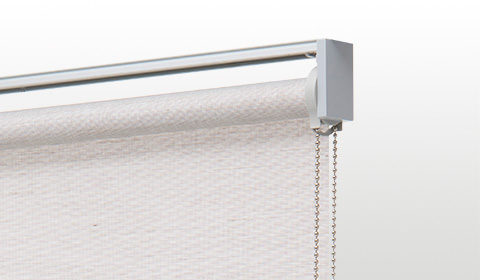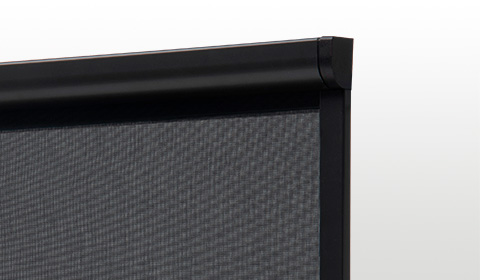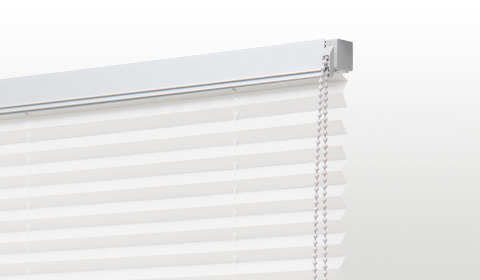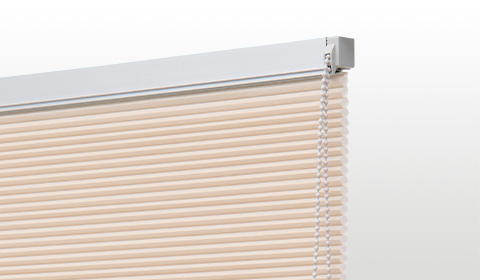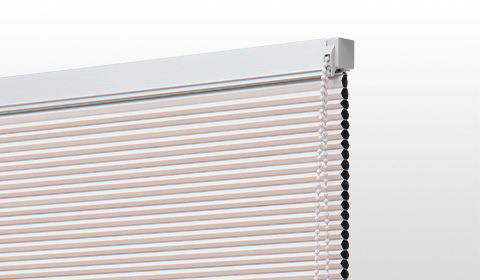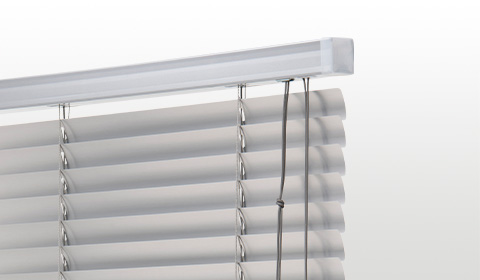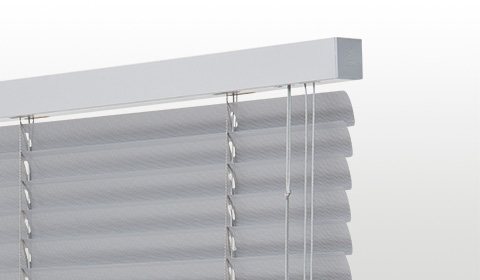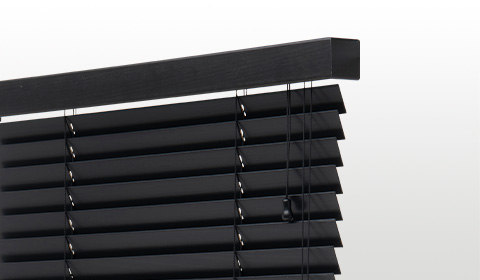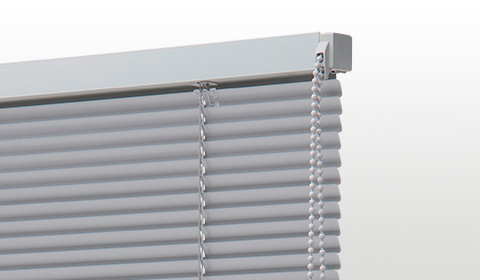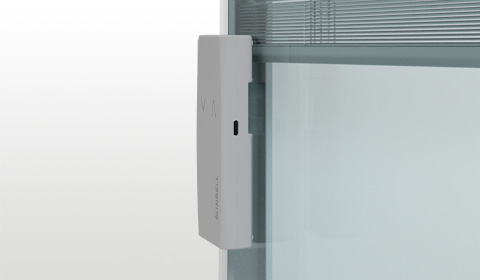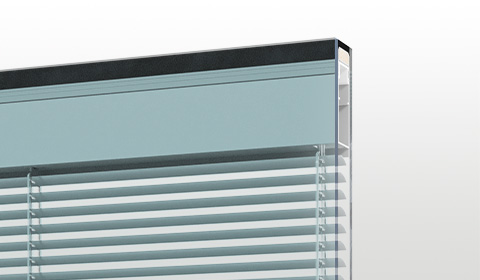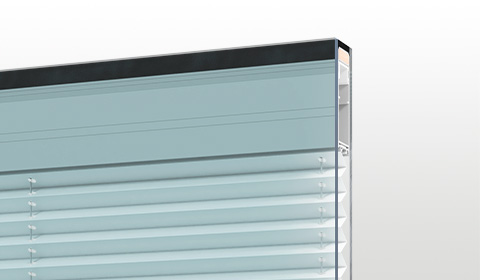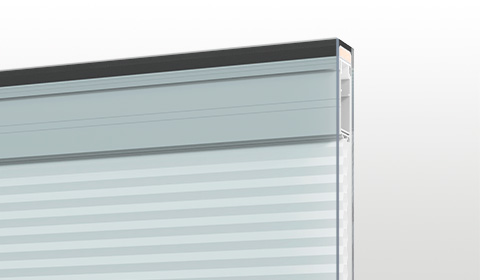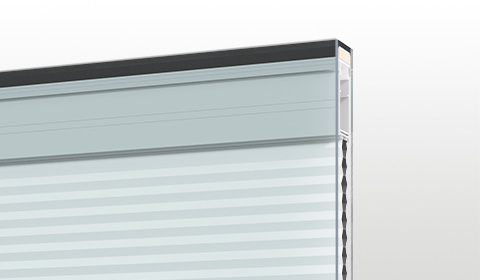In 2019, Adobe acquired Allegorithmic, a software specialising in the creation of 3D materials and textures, based on the 3D Substance collection of tools, which have been used for years to create highly popular videogames, such as Final Fantasy.
From the moment of acquisition, the American company has been designing tools that would be intuitive to use and would give space to unlimited creativity.
Recently, Adobe launched the new Substance 3D Collection, an update of the first version, that allows access to a wide stream of 3D design, as explained in the presentation article.
In the last year, interest in 3D design has increased more and more, resulting in its greater use in creations published on Behance (an Adobe network to showcase and introduce creative portfolios), as well as in the design trends of 2020.
This boom also seems to be due to the impossibility of achieving photographic material caused by the pandemic, which has led to artists and other creatives choosing 3D design to remedy this.
Let’s take a look at the Adobe site and discover the updates and new features of the Adobe Substance 3D Collection and how they change the world of design.
Adobe Substance 3D Collection: updated tools
The updated tools refer to the fundamentals of Adobe Substance 3D, or, those that allow the creation of models and textures from scratch:
- Substance 3D Painter
- Substance 3D Designer
While Substance Alchemy, a tool for creating textures and materials starting from imported photos and data, becomes Substance 3D Sampler.
Let’s look at these tools in detail.
Substance 3D Painter
The distinctive feature of Substance 3D Painter is that it avails of all the tools necessary to apply textures to 3D resources.
Advanced paint brushes and intelligent materials that can be adapted automatically to the model operate as a reference point for creatives and designers.
We are talking about a tool that can help achieve whatever result is required, from the design of products to special effects and even to stylised animations.
The visualisation method allows you to see all the choices carried out in real time as well as a preview of your model.
Every completed action is registered and, as a result, recalculated in very moment, in order to, for example, change the resolution of the project without altering its quality, or modify the existing brushstrokes.
And these are just a few of the many features offered by Substance 3D Painter.
Substance 3D Designer
This allows you to create uniform patterns and materials, image filters, ambient lighting, offering infinite variations.
Used in many sectors, it is the point of reference for the production of materials for videogames and special effects.
It allows you to create dynamic models or combine existing elements such as curves and kitbash models.
The parametric materials of Substance 3D Designer can be sent directly to Substance 3D Painter and Stager.
The workflow can be modified at any moment and this allows the application of all the desired adjustments and the use of different approaches to develop the creative phase.
In Substance 3D Designer, a rich library of nodes is included from which to draw resources or take inspiration, as well as the complete Python API scripting to develop advanced plugins.
Substance 3D Sampler
In this case the update is a transformation: Substance Alchemy has become Substance 3D Sampler.
This is a tool capable of converting an image from a real context into a photorealistic surface or an HDR environment.
Thanks to Adobe Sensei technology, artificial intelligence, it is possible to import a photo and transform it into high-quality 3D material.
The resources library provides access to an enormous range of materials, to combine with parametric filters to create more complex surfaces.
To nurture the creative flow, it is possible to use generators and filters by Designer, compose illuminated environments for Stager or send materials and lights to Painter.
The integration with Creative Cloud tools offers a wide range of actions such as modifying the 2D input directly in Adobe Photoshop.
Adobe Substance 3D Collection: New Tools
Also of great interest are the new tools: Adobe Substance 3D Stager and the beta version of Adobe Substance 3D Modeler.
Let’s also explore these new tools in detail.
Adobe Substance 3D Stager
Based on Adobe Dimension, this software allows you to achieve resources, materials, lighting and cameras, for scene staging.
It is capable of exporting and sharing media, from images to web experiences and AR.
Adobe Substance 3D Stager offers the opportunity to adapt the composition in real time and modify sophisticated materials with complex lights and shadows.
Adobe Substance 3D Modeler
Still in beta version, Adobe Substance 3D Modeler enables sculpting of models as though they were in the lab, reproducing natural gestures from the manual process.
There are many project phases and this software is capable of supporting all of them, from conceptual art, to sketches, to prototype development, game level outlines, creating detailed objects and characters.
And if all these tools weren’t enough, Adobe has opened up the 3D Asset Library for support.
3D Asset Library
The Substance 3D Collection can also rely on the 3D Asset Library, a collection of assets with thousands of customisable models, lights and materials.
One of Adobe’s qualities is that it can make tools previously used only by experts simple and intuitive.
The pandemic period has made it necessary to design tools that are accessible also for beginners, given the inability to create photographic sets and creative events.
Adobe is betting on the future of the next generation of designers, looking for their place in the 3D world’s market.

